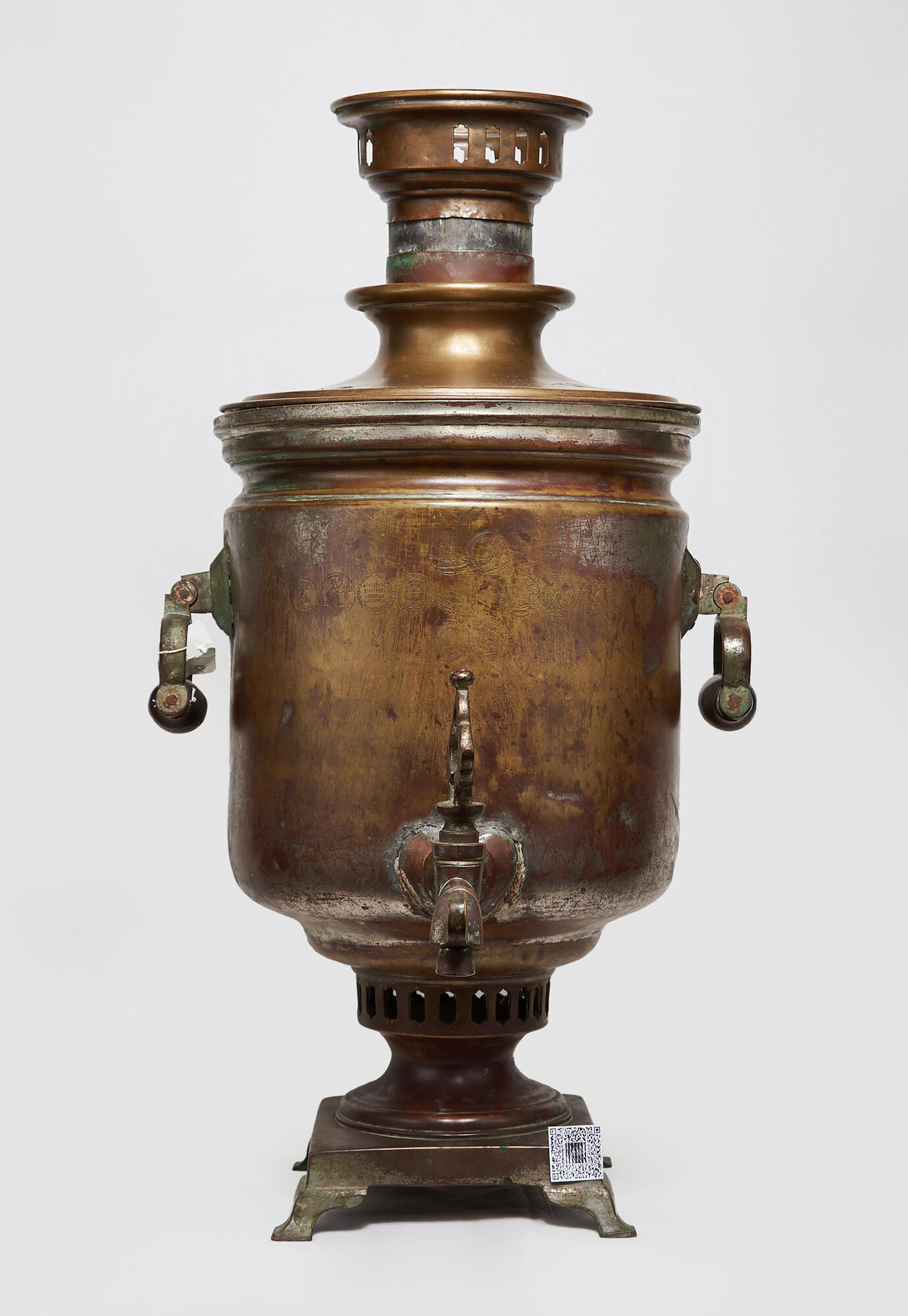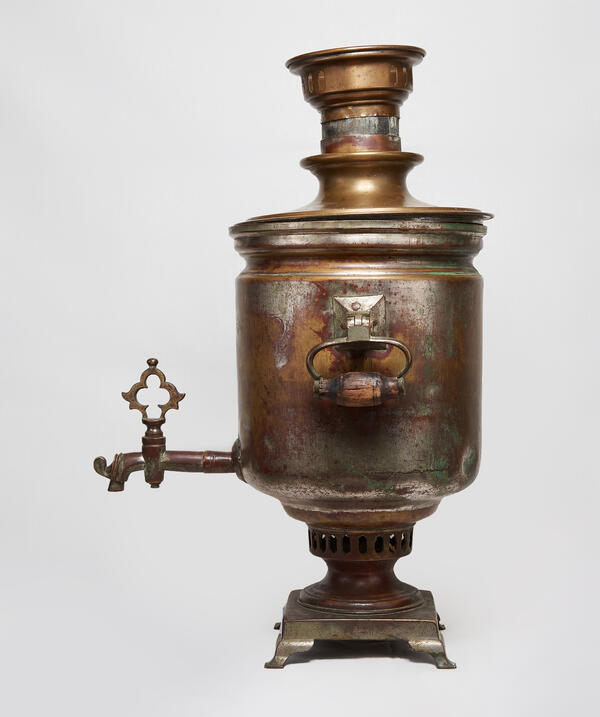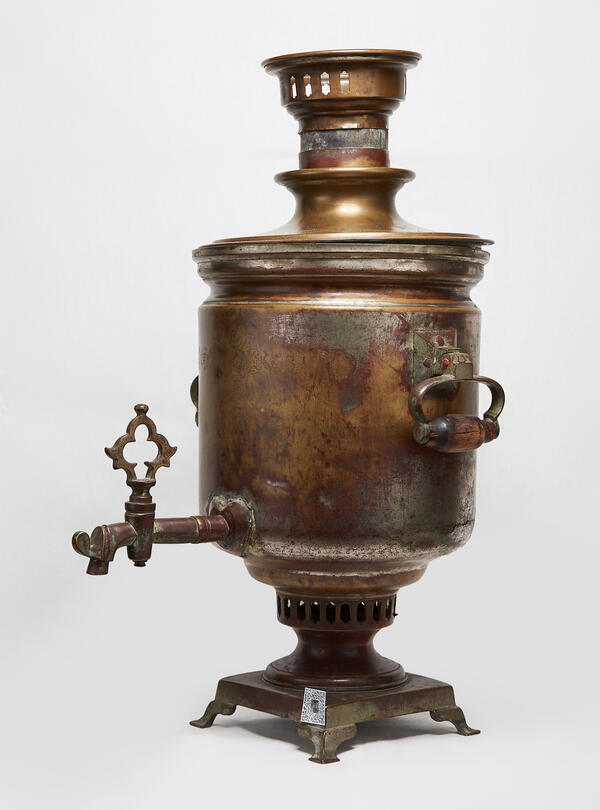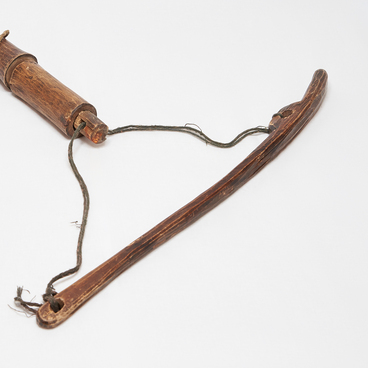The dictionary of Vladimir Ivanovich Dal defines samovar as “a water-heating vessel for tea, mainly made of copper, with a tube and a chimney inside.” In a samovar, water boils faster, cools down slower and is considered healthier. The faucet spout is placed high enough so that the residue remaining at the bottom of the samovar does not find its way into one’s cup.
The presented artifact was made at one of the largest Tula factories of its time that was popular not only in the Russian Empire, but also abroad.
The founder of this factory was the blacksmith Ivan Rodionovich Shemarin, born into a family of Voronezh serfs. Having managed to become a free man, he, his wife Agrippina and their five sons settled in the Tula Governorate. At that time, several samovar factories were already established in Tula; in 1887, the heirs of Ivan Shemarin, Vladimir, Dmitry, Alexander, Nikolay and Andrey, opened a workshop. At first, apart from the three older brothers, only a few hired men worked there; the younger brothers were engaged in finance (Andrey) and distribution (Nikolay).
Vladimir Shemarin’s advantageous marriage helped make the business more profitable: for his bride, Pelageya Gudkova, he received a modest factory that made travel samovars. Gradually, the brothers expanded and modernized the production process and registered their trading house in 1899.
In the early 20th century, more than a hundred types of samovars were produced there: both relatively inexpensive models called “jar” and “shot glass”, and exquisite samovars “pear”, “vase”, and “egg”, decorated in the spirit of rococo and made for aristocrats. Shemarin samovars were expensive and few could afford them; yet, they were of very high quality. This was confirmed by the awards of Russian and international exhibitions. By that time, not only Tula, but also the district branches of the trading house produced about 6,000 samovars monthly.
In 1913, the company received the official honorary title of “Supplier to the court of His Imperial Majesty the Shah of Persia”.
Five years later, the factory was nationalized. It was renamed the Lenin Factory and stayed in business for about 15 more years, maintaining high quality of products.





